In the UK, throughout the autumn and winter, very high tides in the Wash give rise to one of natures’ wildlife spectacles. The Wash is a large rectangular bay on the East coast of England. Sometimes it’s referred to as the ‘Snettisham Spectacular’ or ‘ Wader Spectacular’. Undoubtable the best place to witness this is at the RSPB reserve at Snettisham. The reserve is always a good site for watching waders with a number of hides. In 2020 a new hide was opened, providing great views of the spectacle. The new hide even provides specially designed viewing for the growing number of photographers. More images including an amazing short video of the Red Knot and information about the event at https://adwimages.co.uk
On certain days the exceptionally high tides cover the normal feeding grounds and huge numbers of birds are forced to find somewhere to roost. This provides a world class birdwatching event as they mass over the mudflats and finally come to rest in the reserves lagoons.
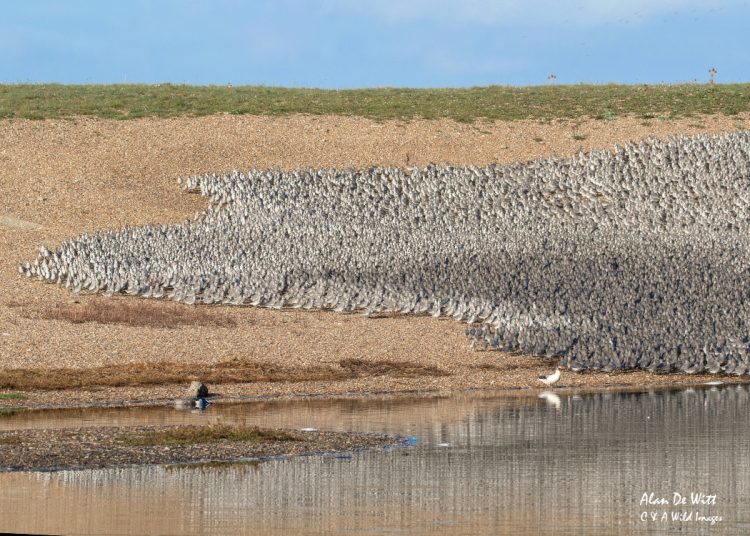
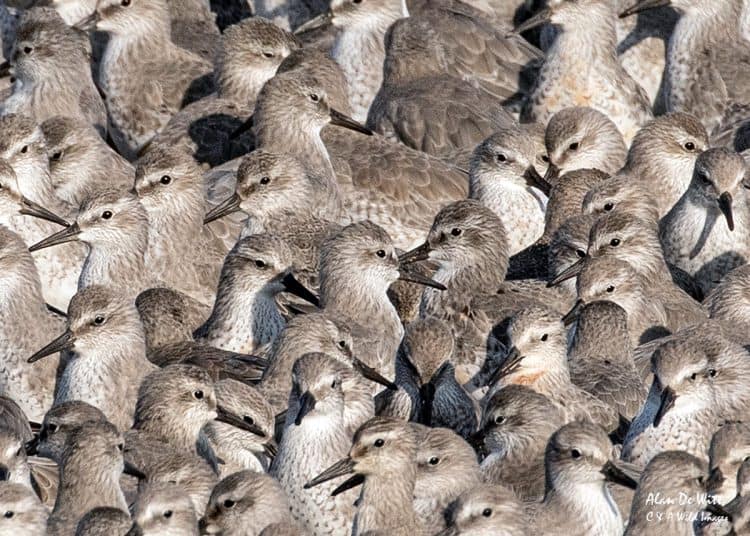
Record Year for Red Knot
During this time of year the numbers of warders feeding on the rich mudflats is mind boggling. This year there was an estimated 140,000 Red Knot making it a record year. There were also thousands of Oystercatchers, not to mention Grey Plovers, Golden Plovers, Dunlin, Bar Tailed Godwits and Curlew. All who try to find space in the shelter of the reserve and wait for the tide to retreat.
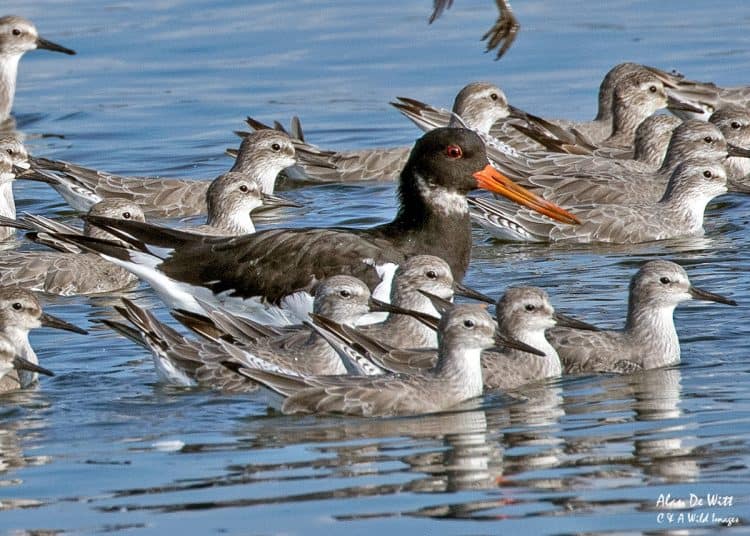
The RSPB reserve at Snettisham is renowned for its flocks of whirling waders. They publish information and a timetable of the best times to see the event. At the time of writing the next Snettisham Spectacular in 2021 is due to take place from Sun 28th March at 5.15pm for three days. More details of dates and times can be found here
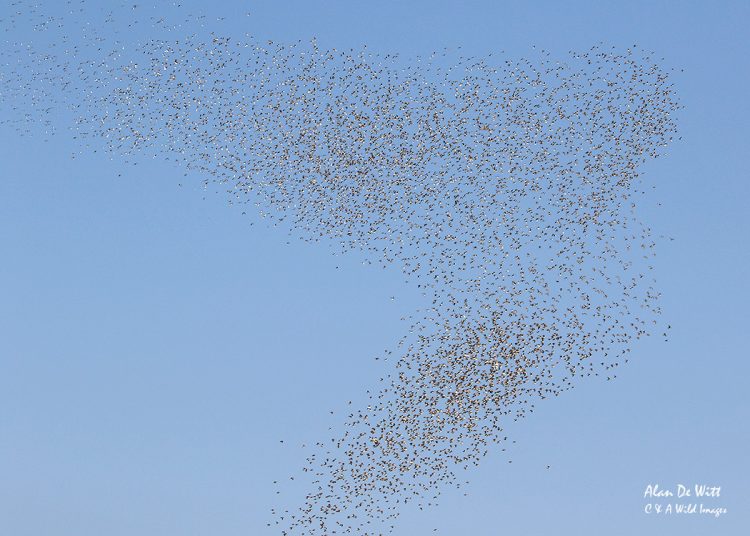
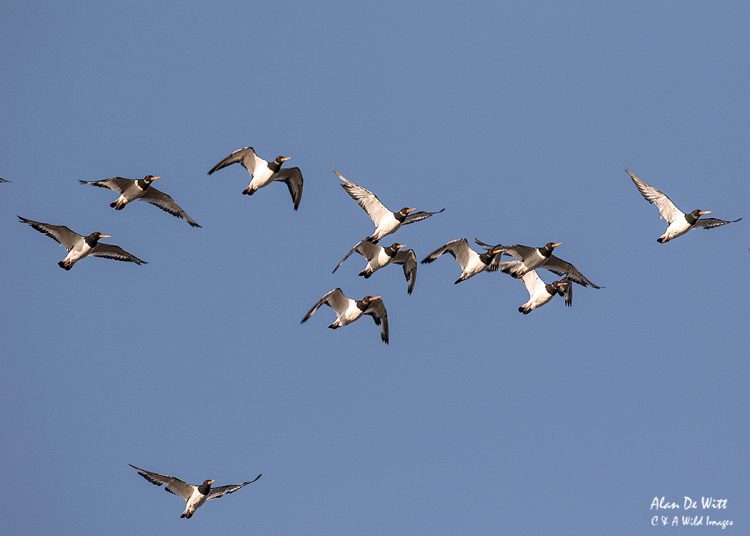
The Rising Tide Forces More Birds Towards The Pits
To make the most out of the event its best to arrive an hour or so before high tide. You are then in place as the birds are forced off the mudflats, to fly over head. They appear very similar to the Starling murmurations that gather just before they settle down for the night. The most noticeable difference with these flocks of Knot are the amazing colour changes from grey to white as they swirl through the air. Before they rest around the edges of the pits and on of the small islands in the lagoon. When the tide is fully in its possible to move to one of the hides and view the roosting waders at close quarters.
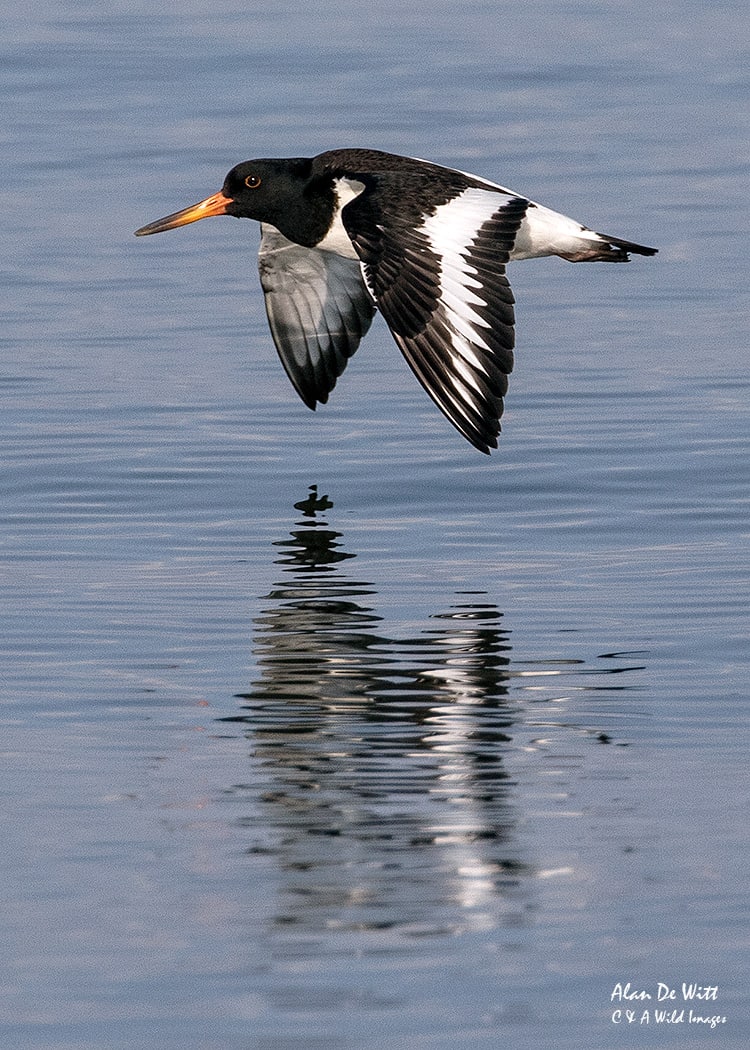
The whole spectacle is visually stunning and provides superb opportunities for photographers to capture some truly remarkable images.
What you can do
Support ‘Fighting for Wildlife’ by donating as little as $1 – It only takes a minute. Thank you.
Alan De Witt
After spending a career that demanded much of my time and energy. I'm now retired and finally found some time to pursue an interest in wildlife and photography as well as putting together a website C & A's Wild Images.
I now live in Norfolk, an ideal location in the UK to see wildlife and over the years have also had the opportunity to visit and spend time using the camera in interesting and sometimes remote parts of the world. I first became interested in trying to capture wildlife images when I left university in the days of slide film. Initially I used two compact cameras with 20+ zooms but now have moved to a professional Canon SLR set-up.
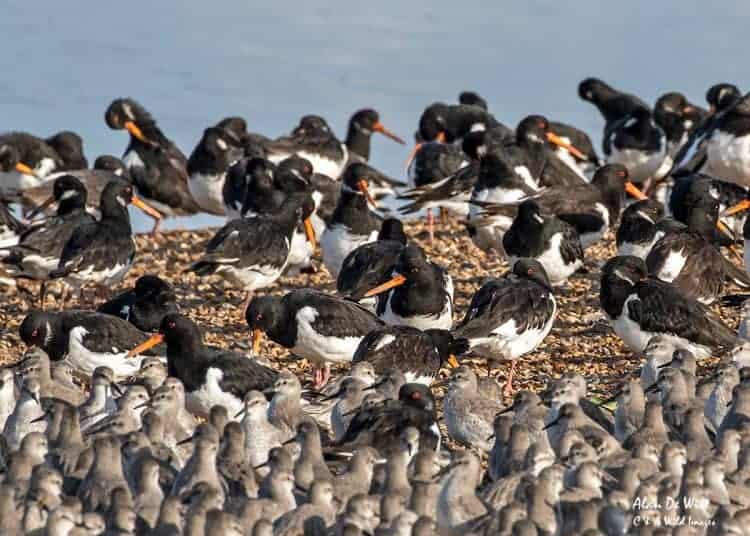
Leave a Reply